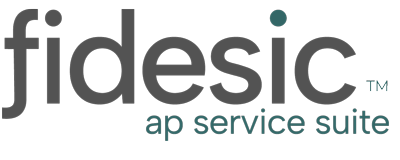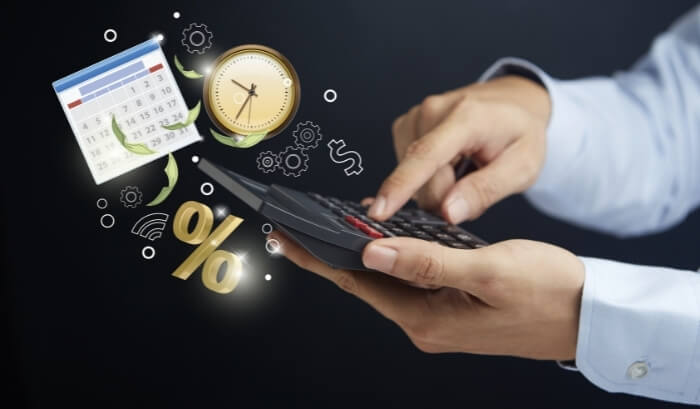How to Optimize Accounts Payable
Accounts payable affects the entire business and has a major impact on accounting departments. From mind-numbingly tedious month-end closings, to late fees and failed audits, a clunky AP process can bring down performance for the entire accounting function. But even if you are getting by just fine, optimizing your AP process on a regular basis can drive major value. If you want to optimize accounts payable and do better than “just fine,” you need to be able to measure accounts payable performance.
How to Measure Accounts Payable Performance
While it is possible to measure and report on accounts payable performance without automation software, it is going to be a challenge. It will be very difficult to reliably track the following KPIs. Here’s what you will want to measure to improve AP processes.
5 Key Performance Indicators (KPIs) for AP:
- Average Time Per Invoice
- Cost Per Invoice
- Number of Invoices Processed by Each Employee
- Exceptions per Month
- Number of Steps in Your AP Process
Find out more about each of these KPIs in Accounts Payable.
Knowing where you stand on these key performance indicators is how you will determine where to begin improving. Which brings us to our next topic, how to optimize accounts payable performance.
How to Optimize Accounts Payable Performance
To optimize accounts payable you will use the metrics above to prioritize where you want to allocate time and resources by identifying bottlenecks. These metrics will also help you determine if you have any unnecessary costs, and help you find ways to improve your company’s cash flow. Let’s look at some strategies to optimize AP performance.
Research Improvement Strategy
- Map your invoice journey to better understand your process: how invoices are received, who invoices are approved by, payment methods. Track each step to find out how much time each step takes. How long is the entire process for one invoice?
- Determine your total cost per invoice and number of invoices per month.
- Identify bottlenecks and steps that are more prone to error. These may need automation to resolve
Implement Improvement Strategy
While there is more than one way to optimize your accounts payable process, the tools and steps below are a few of the fastest and most cost-effective ways to really speed up the way you process invoices.
-
OCR and e-pay: not only will electronic payments and document scanning minimize paper and costs, it will save time and reduce errors, exceptions and fraud risk.
-
Workflow Standardization: Whether this means you implement an AP Automation Software Solution or create your own system, easily traceable workflows make sure the right person gets the invoice at the right step in the process. This saves time, protects against fraud, prevents errors, streamlines audit processes, and makes it easier to identify potential errors that do slip through.
-
Alert Automation: Getting every invoice to the right person is essential, but if they aren’t aware an invoice is awaiting their signature you still have a major bottleneck. Automated alerts help ensure invoices are approved in a timely manner.
-
ERP Integration: With an AP solution that works directly with your financial software, you get more insights, faster processes and fewer errors
Conclusion
Optimizing accounts payable performance can have wide-ranging impacts to improve a company’s bottom line. The simplest, quickest and often the most cost-effective way to improve your AP process is automation software.
Of course, if you are working to reduce overhead, investing in new software seems counter-intuitive. But the right AP Automation software will be available on a subscription fee to minimize upfront costs. Moreover, the lost cost and huge benefit of automation means you will see your AP overhead shrink fast.
Are you a Microsoft Dynamics GP?
If you need to reduce your AP overhead costs, Fidesic AP automation is your go-to solution: cloud-based, best-in-class OCR, seamless integration.





